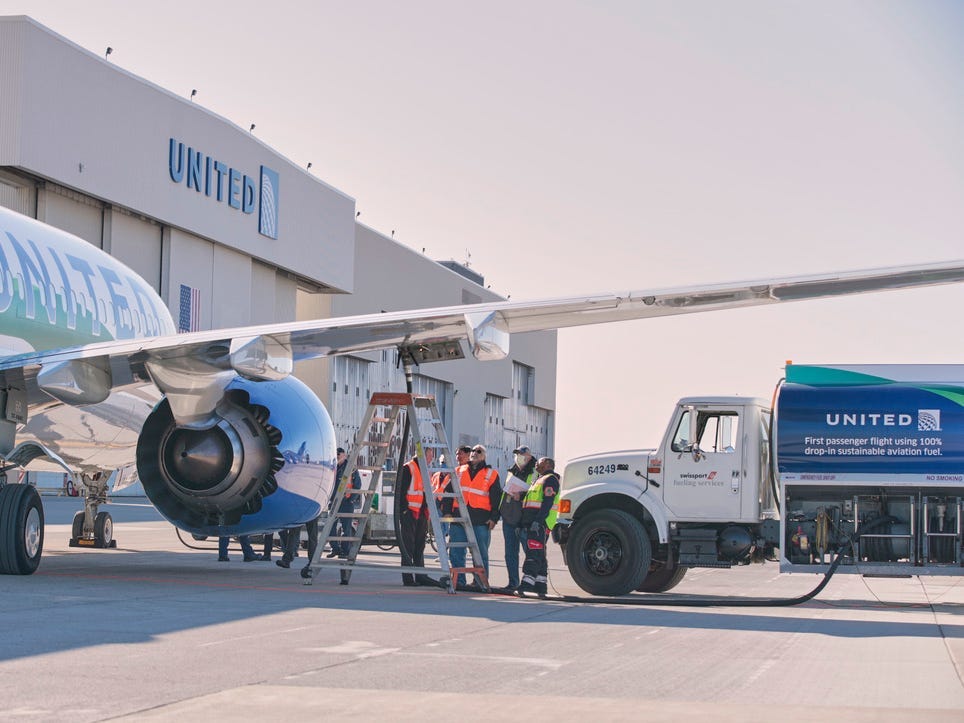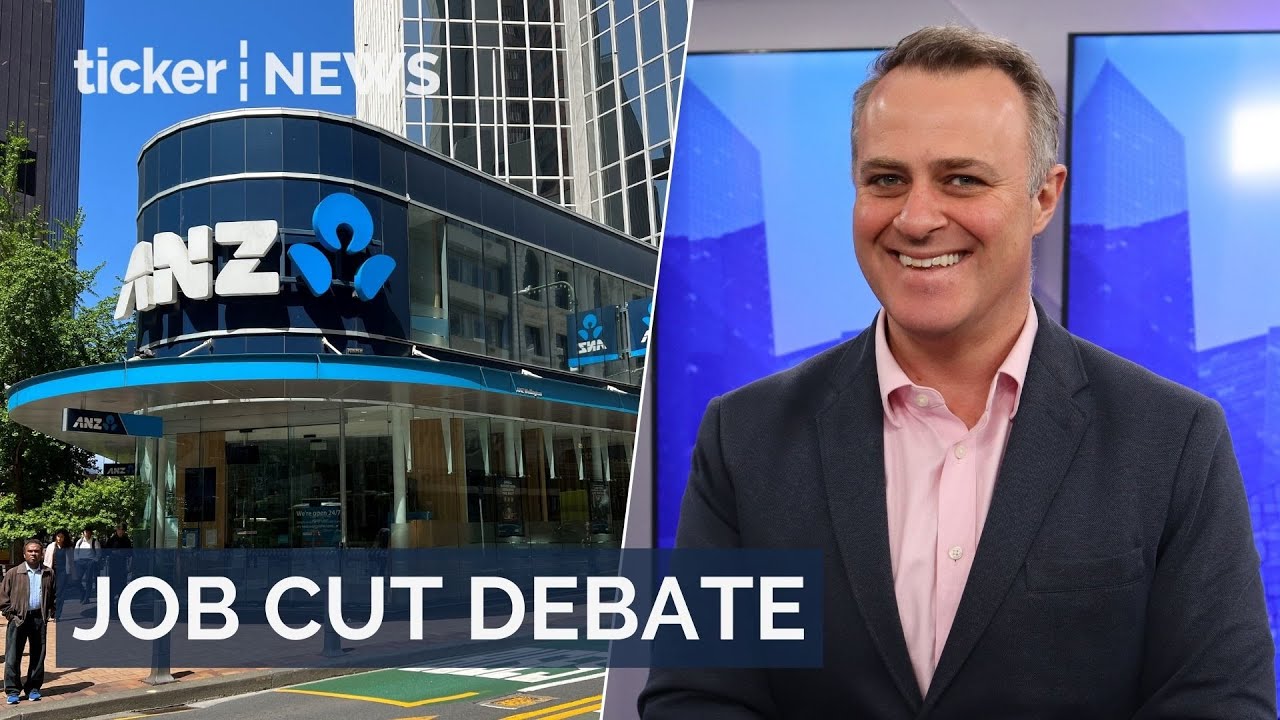Money
United Airlines makes history, operating flight with 100% Sustainable Aviation Fuel
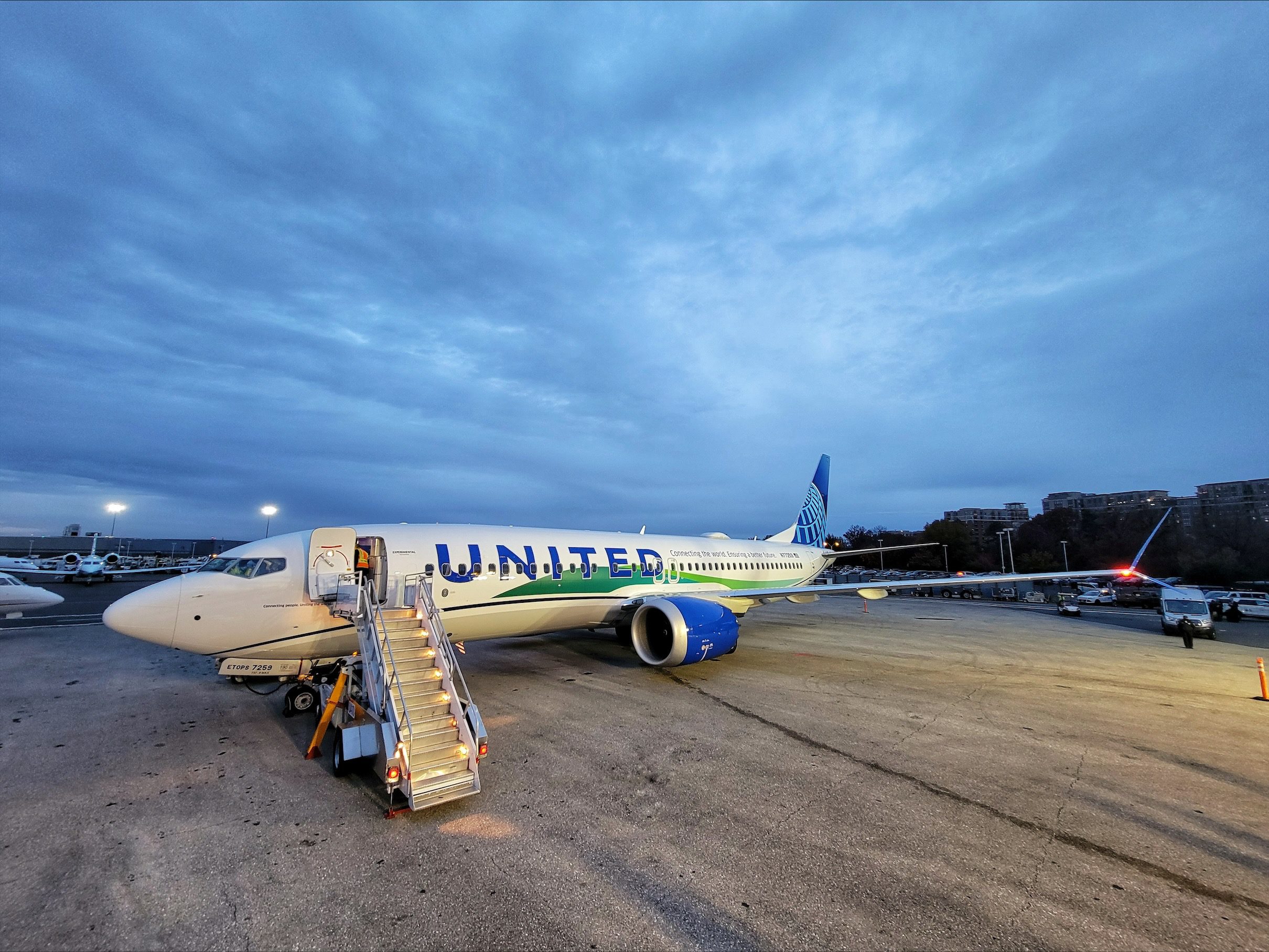
Money
France receives lowest credit rating due to crisis
France’s credit rating downgraded to record low amid political and fiscal crisis, raising concerns over debt and stability
Money
Trump moves to fast-track removal of Fed governor Lisa Cook
Money
ANZ job cuts spark banking clash
ANZ plans to cut 3,500 jobs, sparking debate on the future of Australia’s banking sector and employment dynamics.
-



 Shows4 days ago
Shows4 days agoBoxing promoter aims to inspire young Australians
-

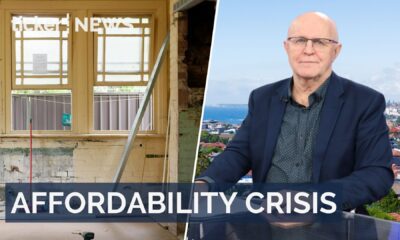

 Property2 days ago
Property2 days agoThe hidden costs driving Australia’s housing crisis
-



 Leaders5 days ago
Leaders5 days agoLimoncello spritz boom transforms Australian liquor market
-



 Money2 days ago
Money2 days agoFrance receives lowest credit rating due to crisis
-



 Leaders4 days ago
Leaders4 days agoEscape Room industry still booming despite challenging market conditions
-

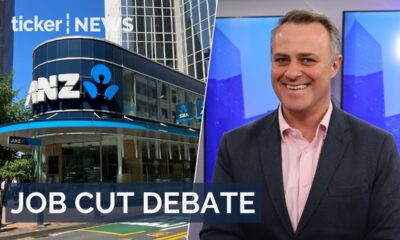

 Money4 days ago
Money4 days agoANZ job cuts spark banking clash
-



 News2 days ago
News2 days agoWall Street bets big on Fed rate cut
-



 Tech5 days ago
Tech5 days agoApple unveils thinner iPhone Air to excite upgrades



